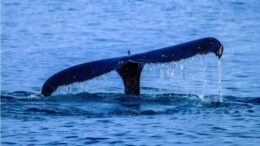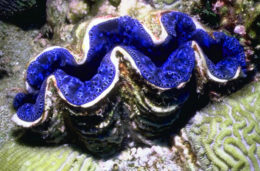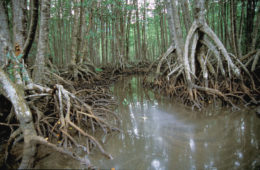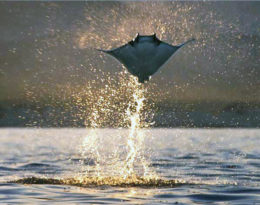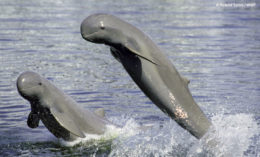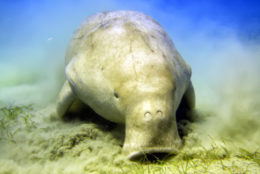This New Technology Can Save Whales From Ship Collisions
Whale-ship collisions are occurring at an increasing rate around the world. A newly developed tool uses AI, a mobile app and big data to help mariners avoid whale strikes. The first Whale Safe system has now been deployed off the coast of California. A pillar of warm air and vapor bursts out of the ocean, reaching three storeys into the…
